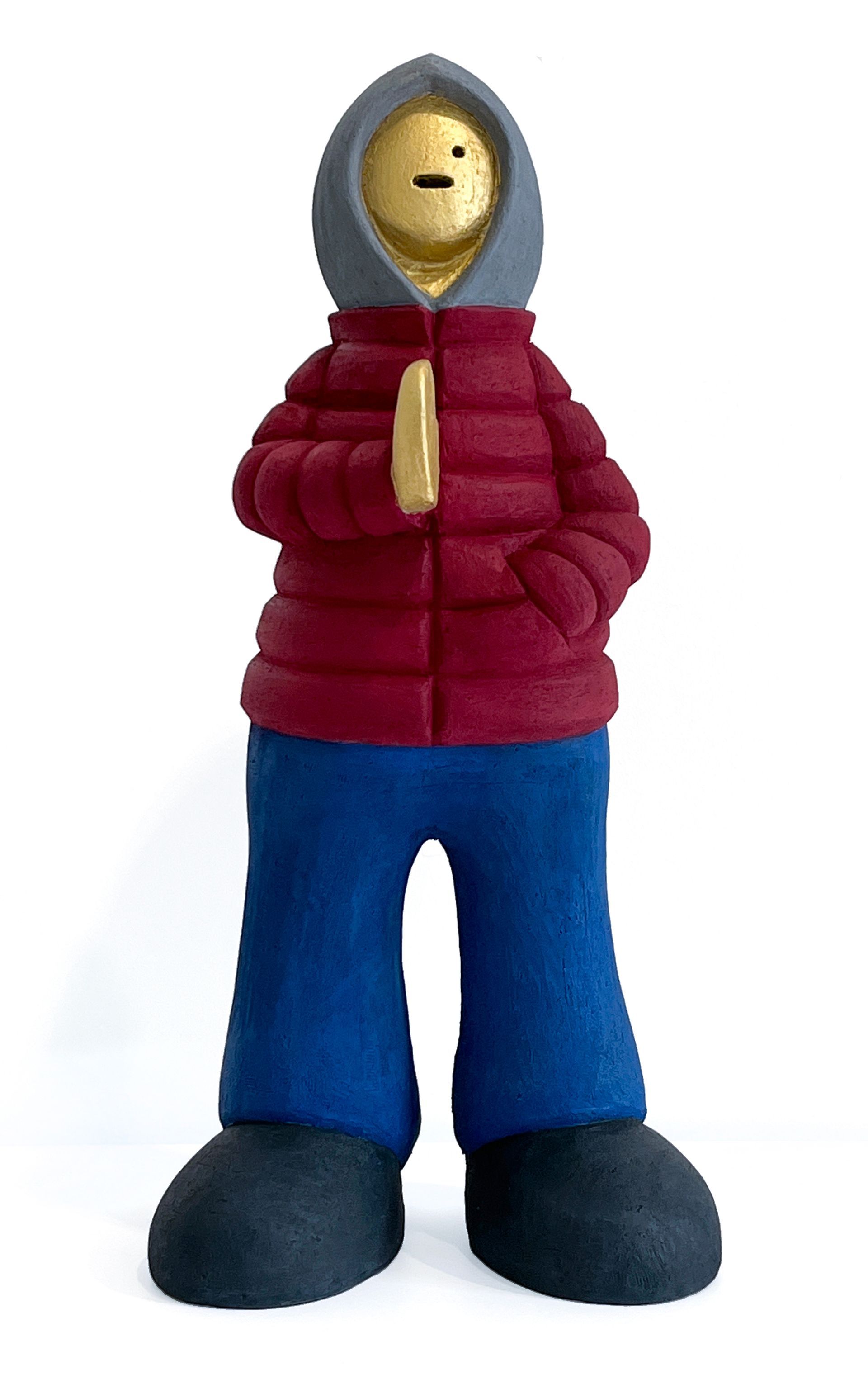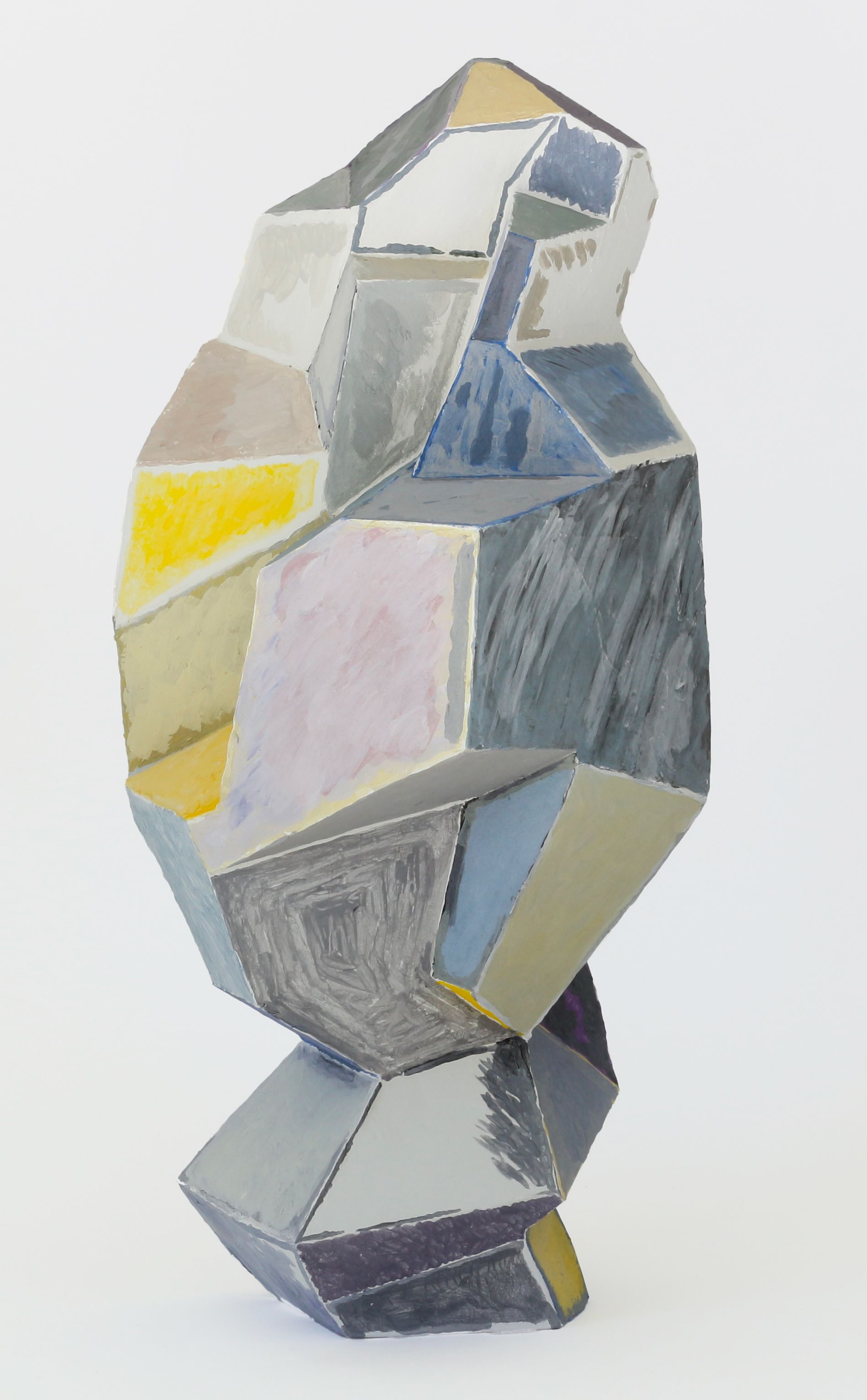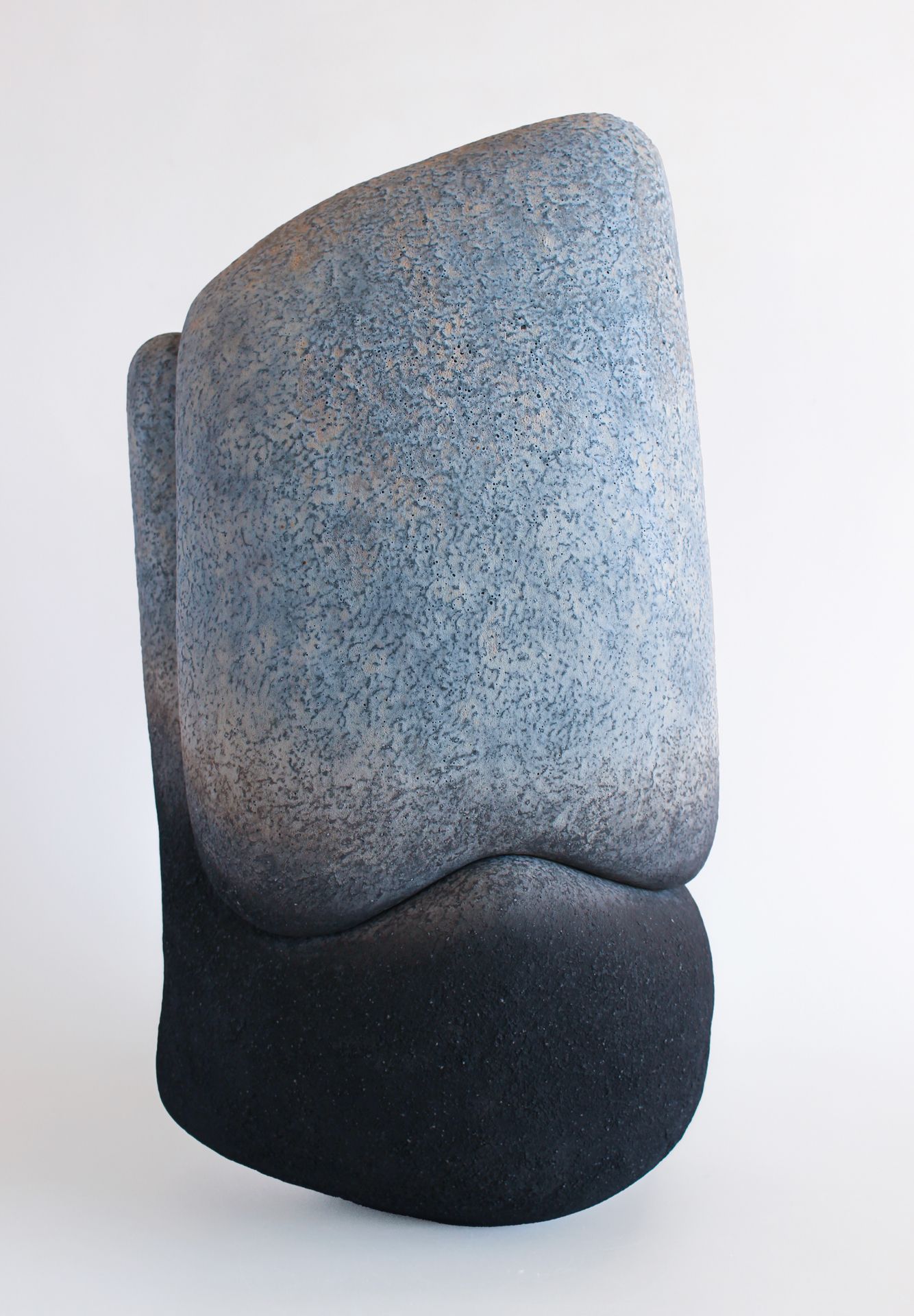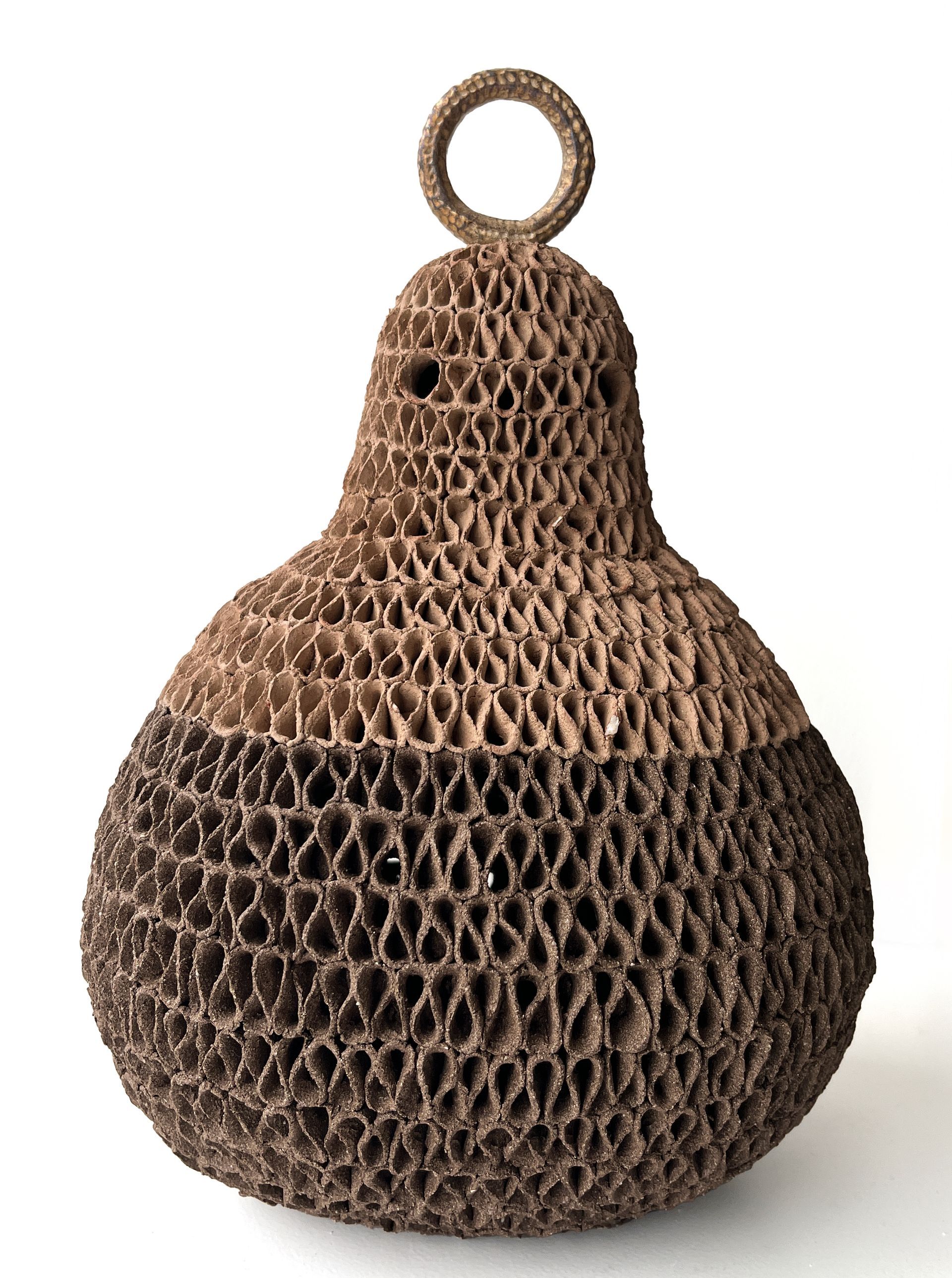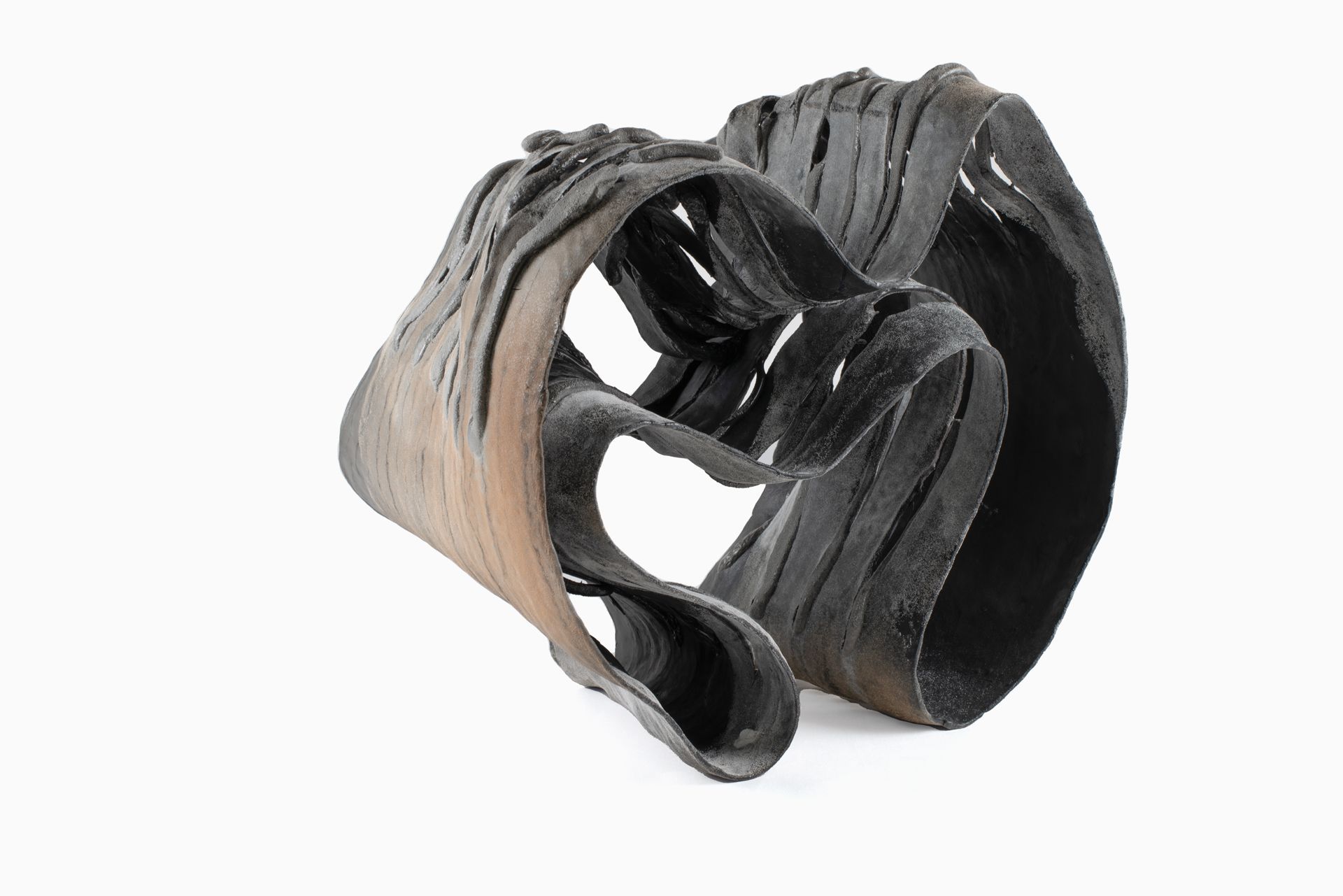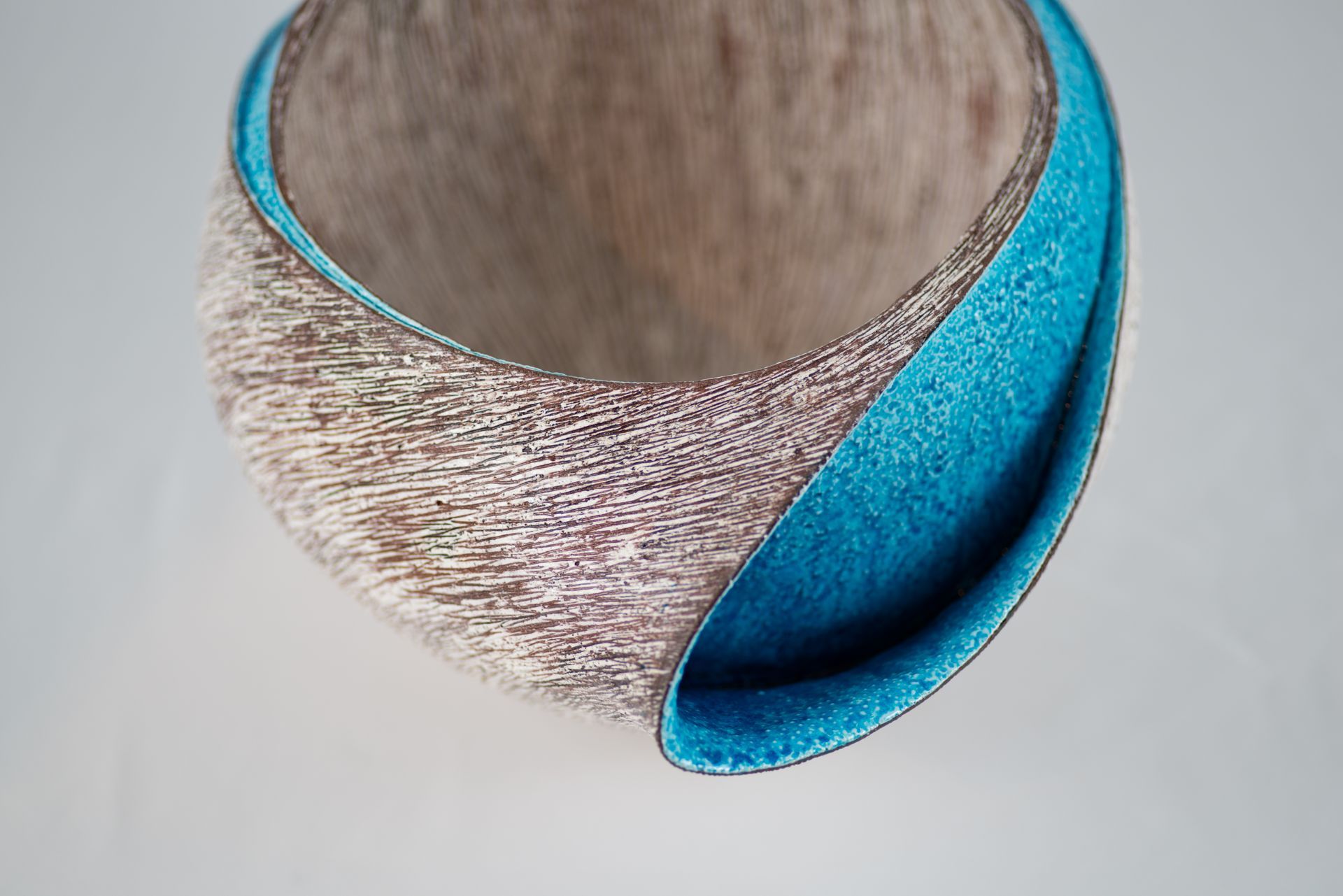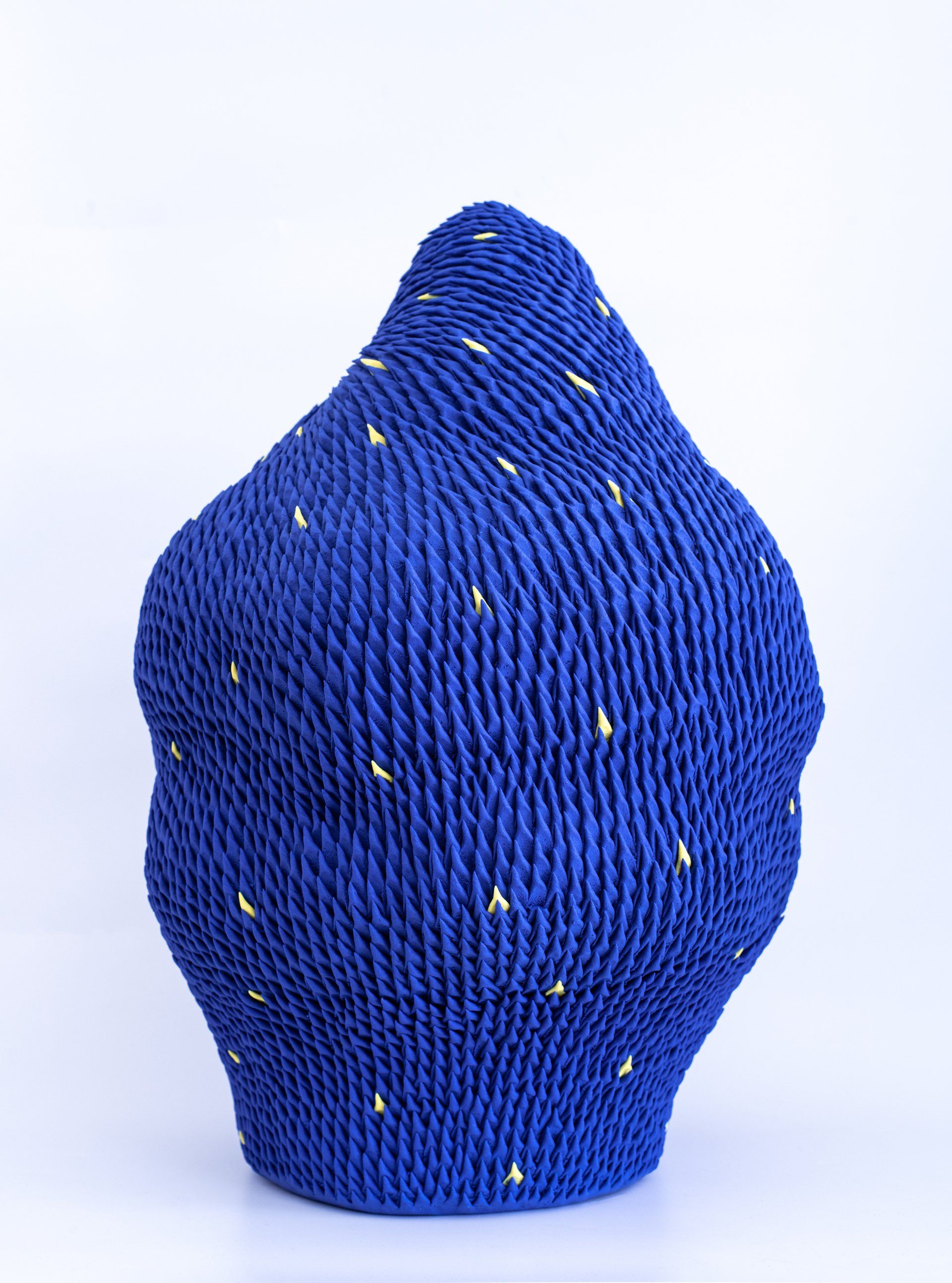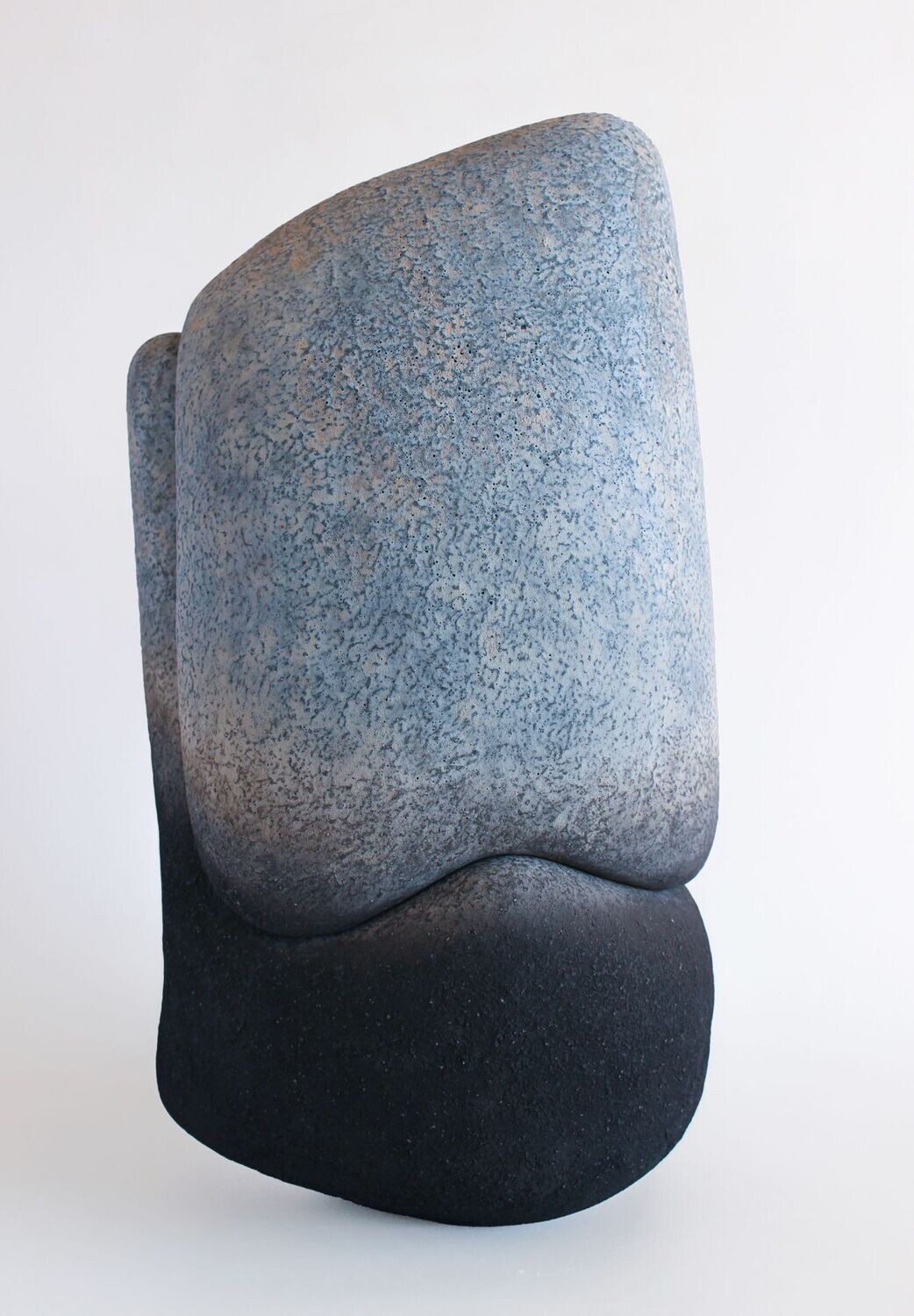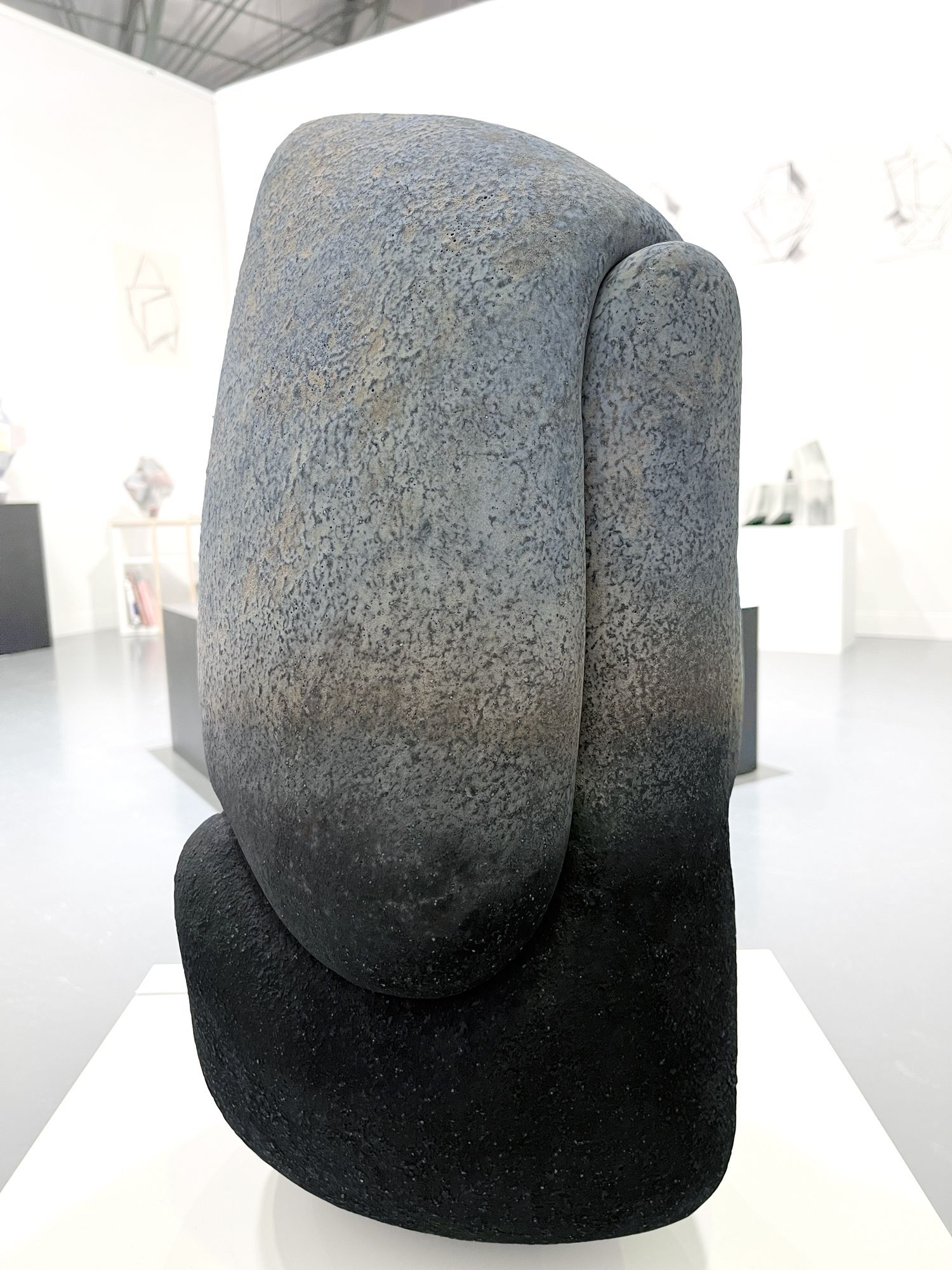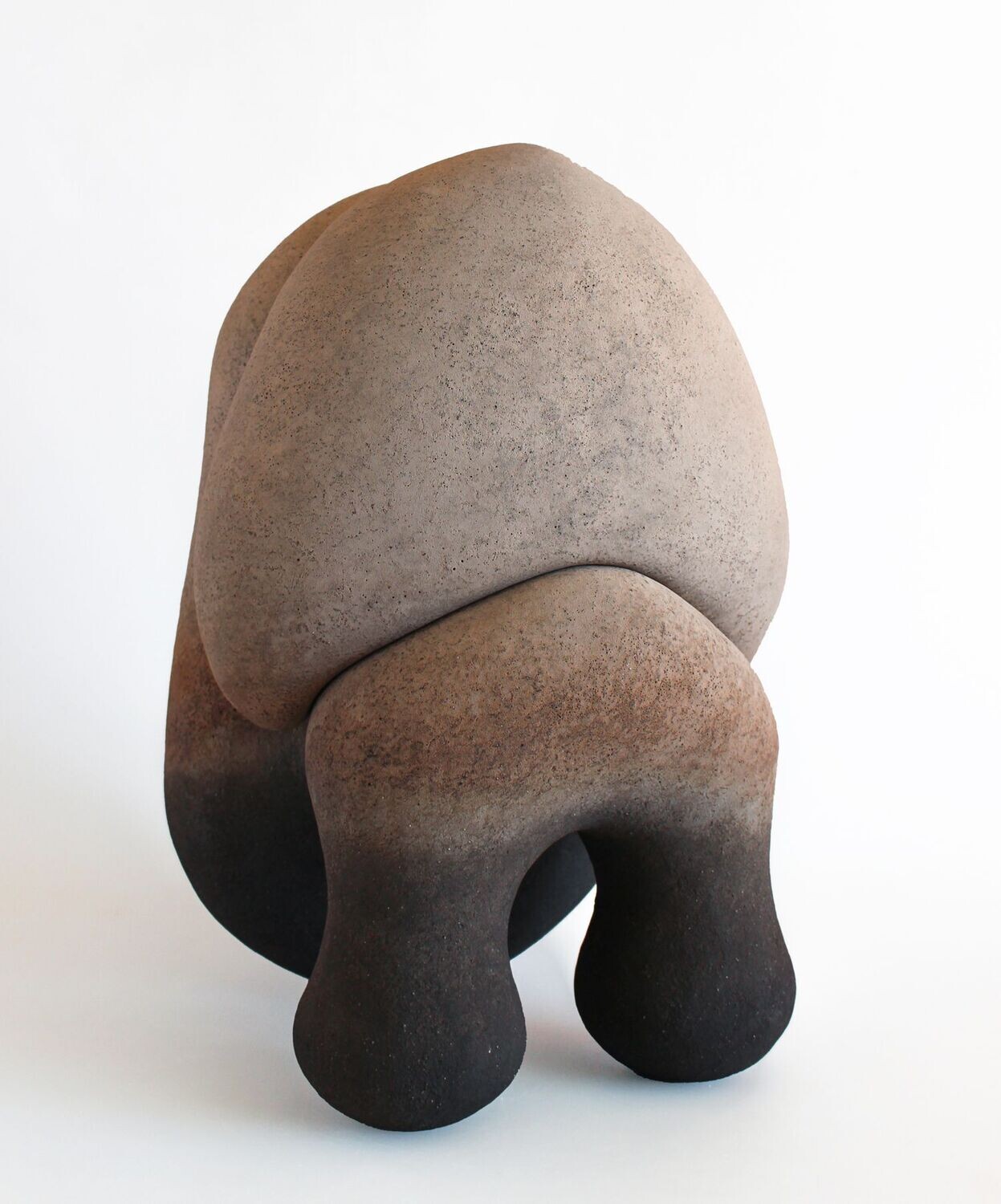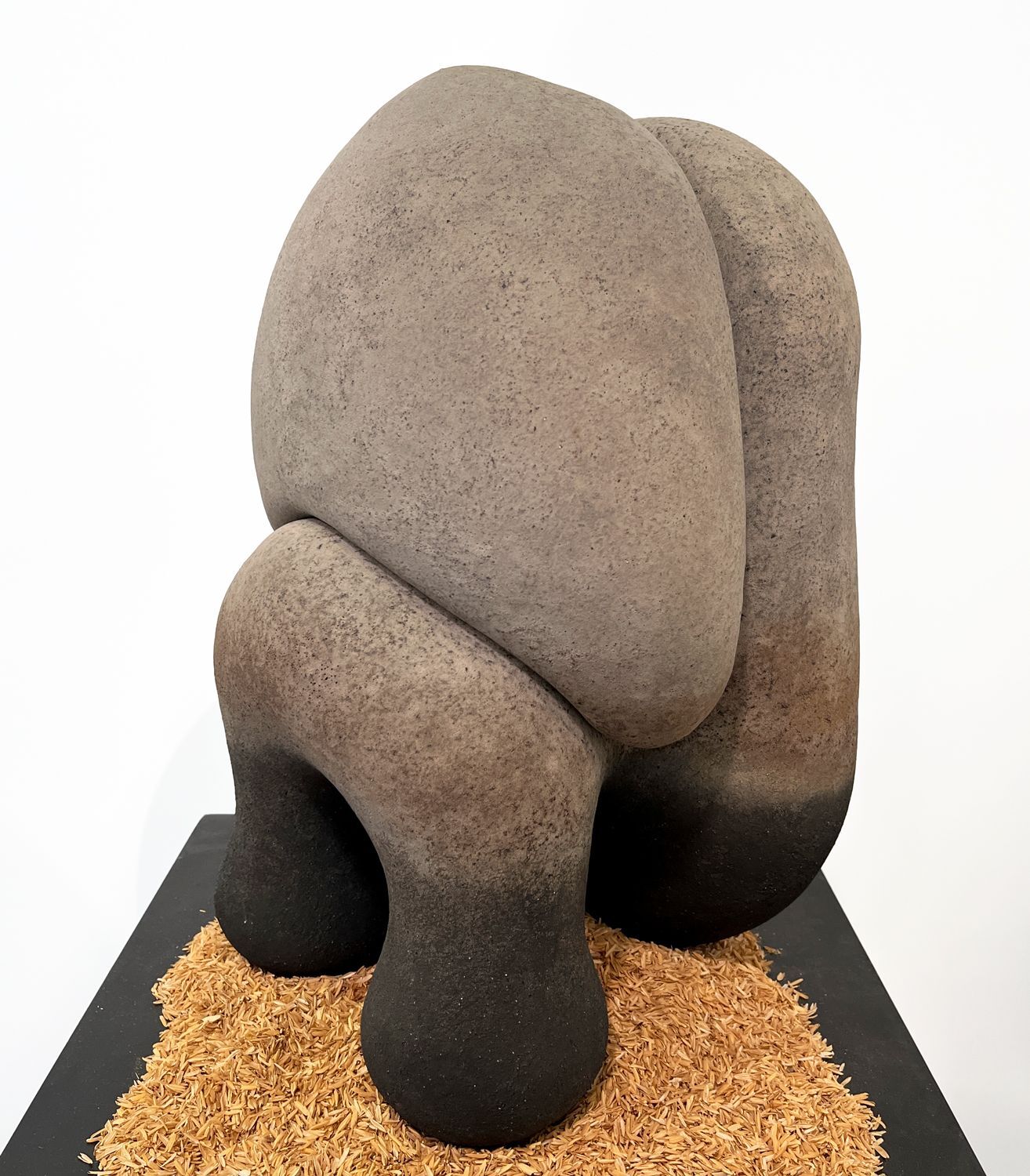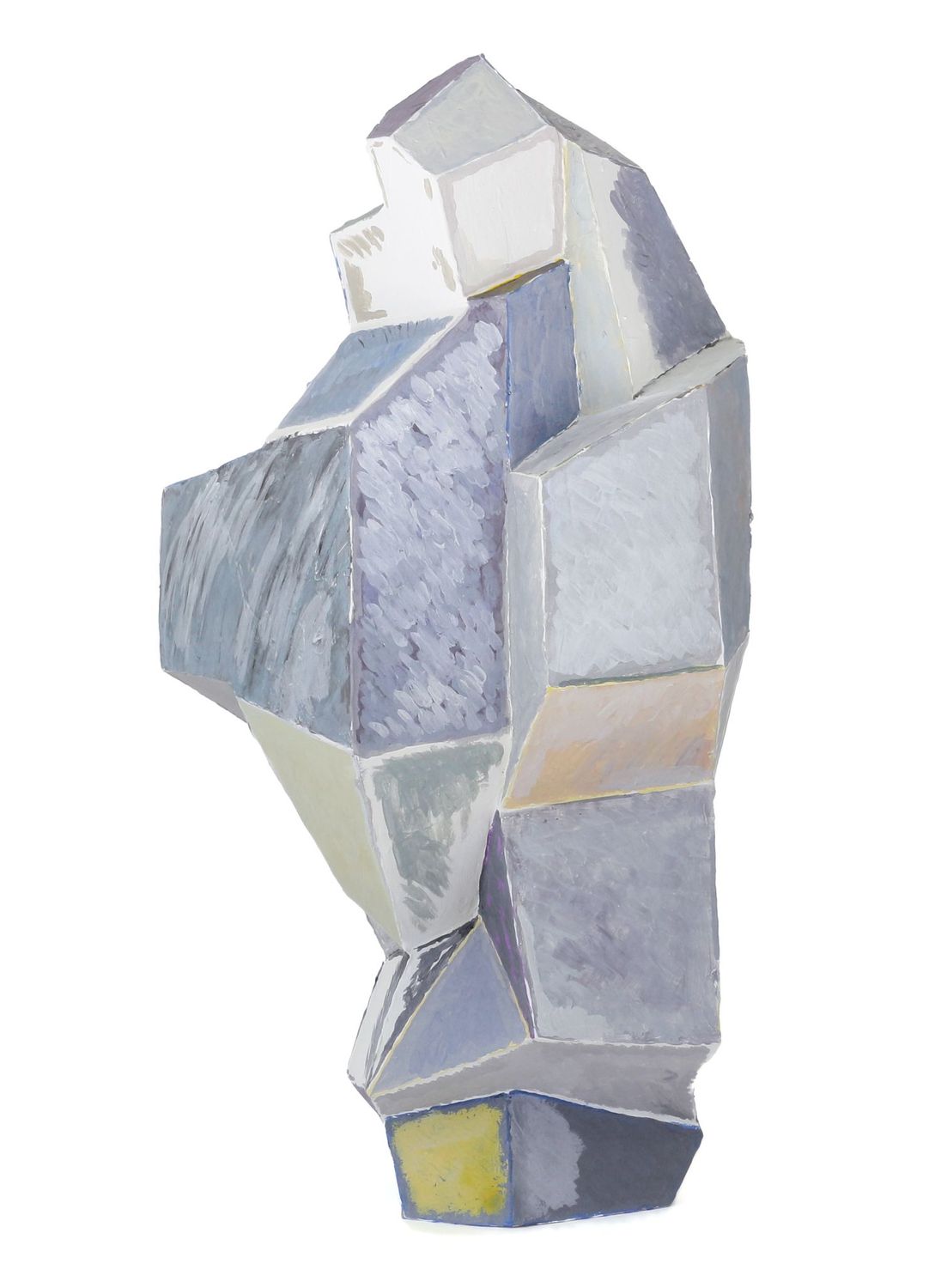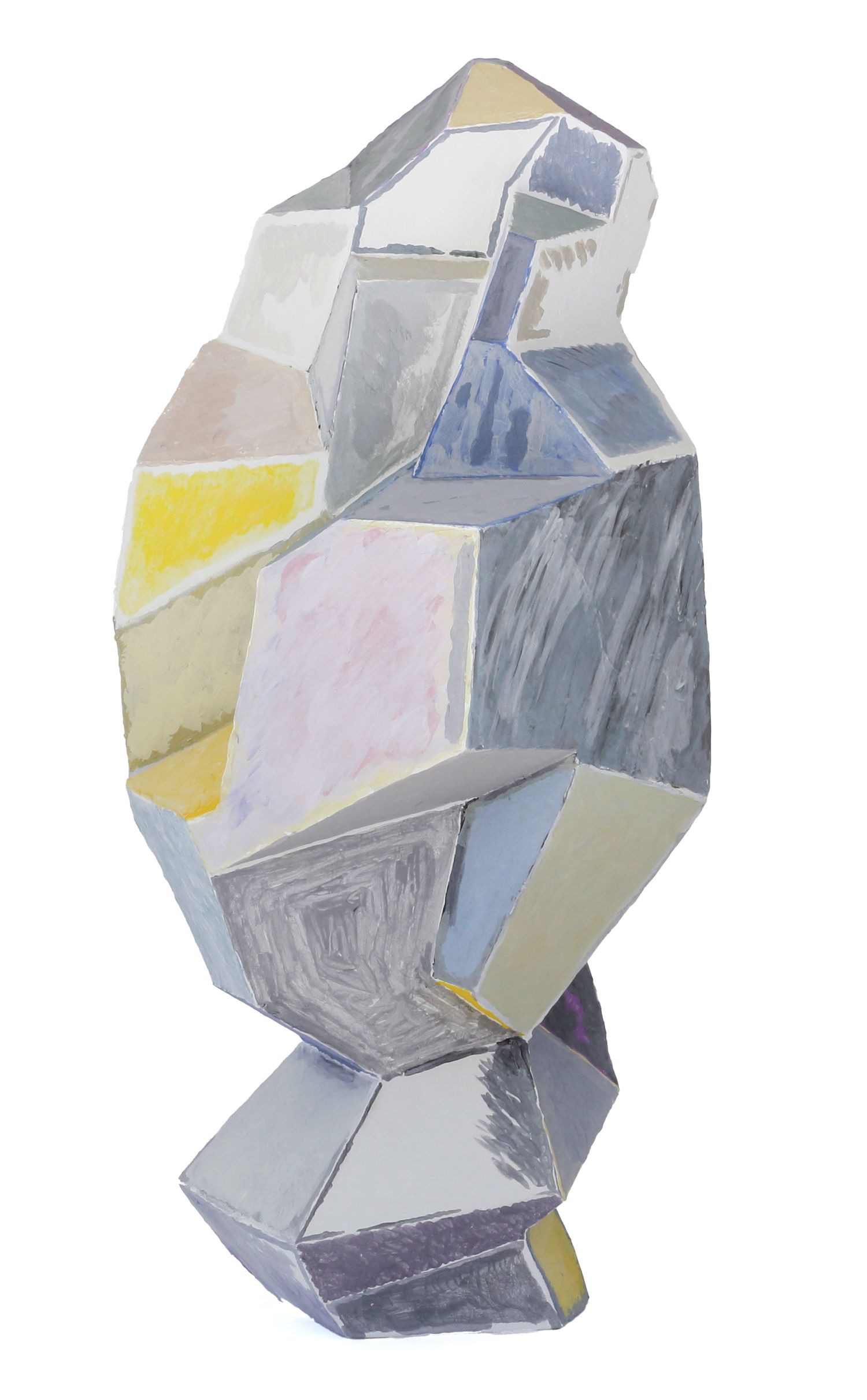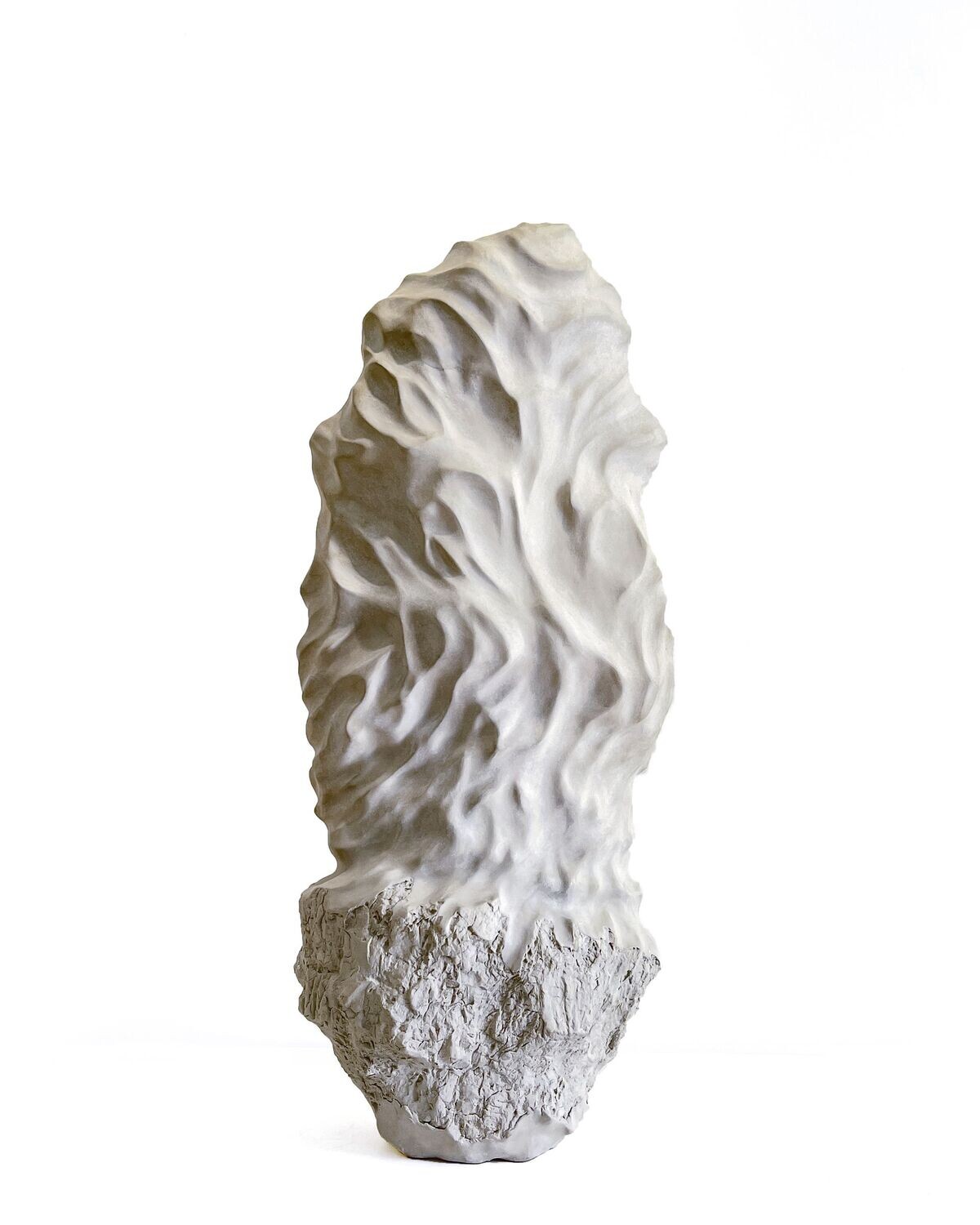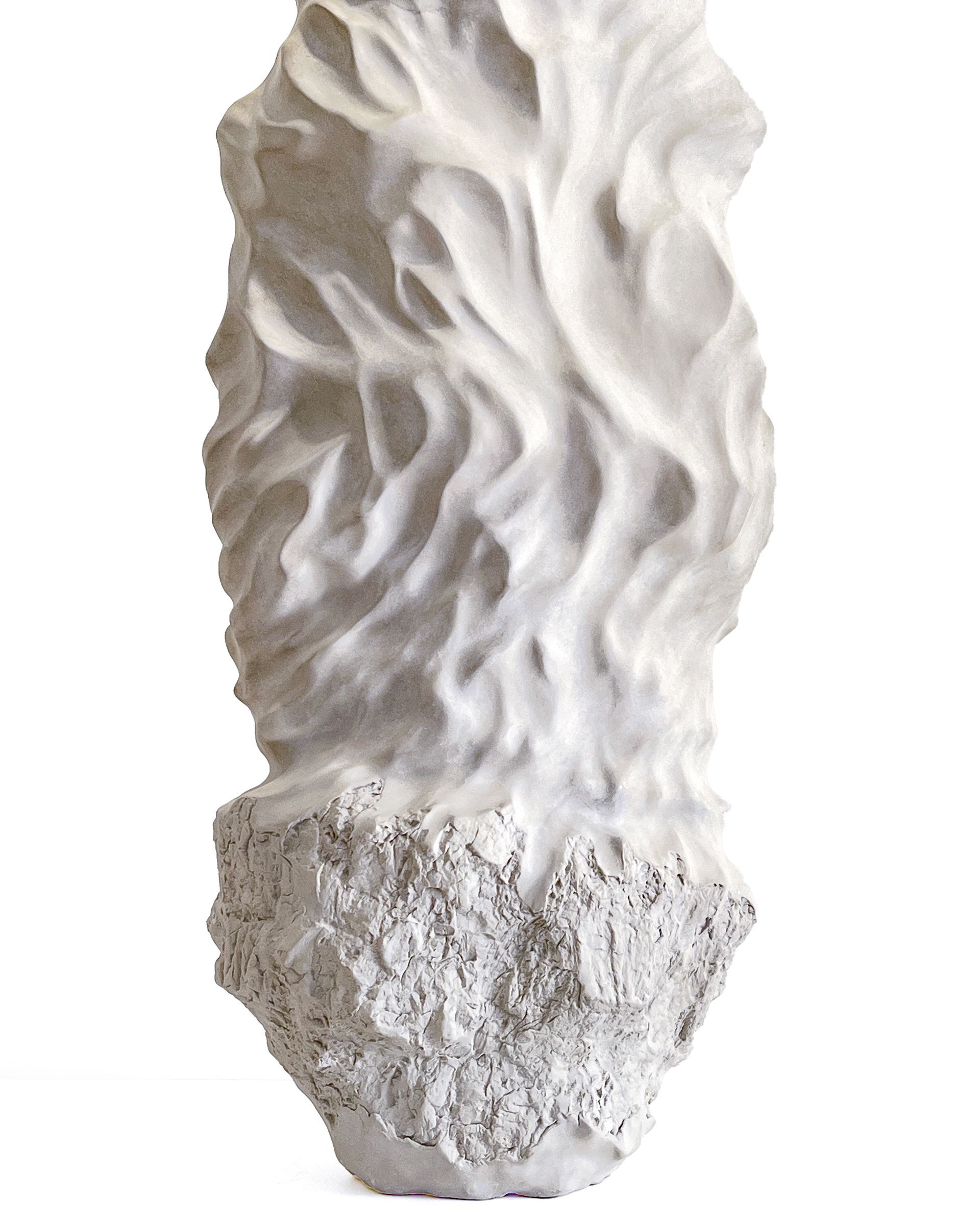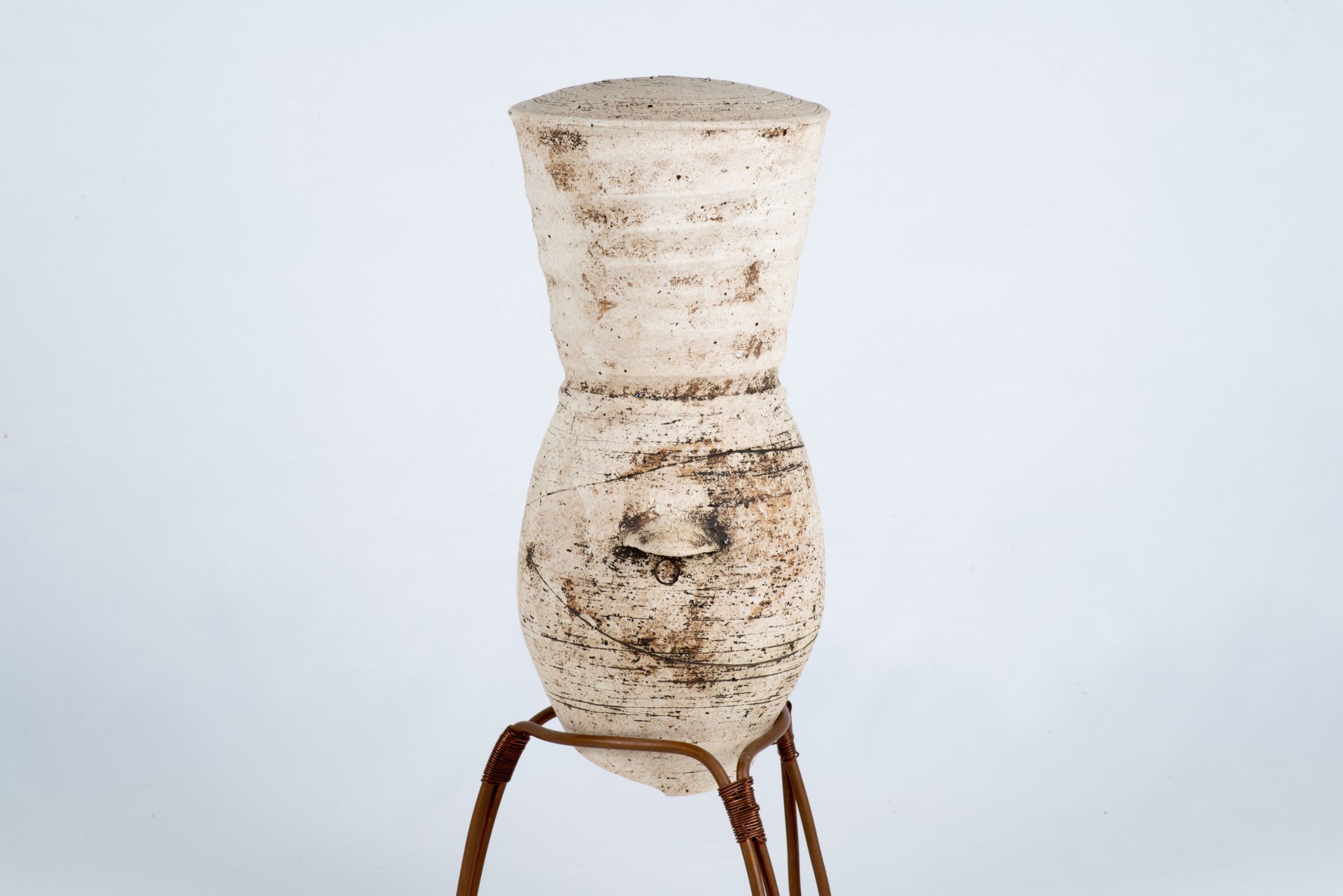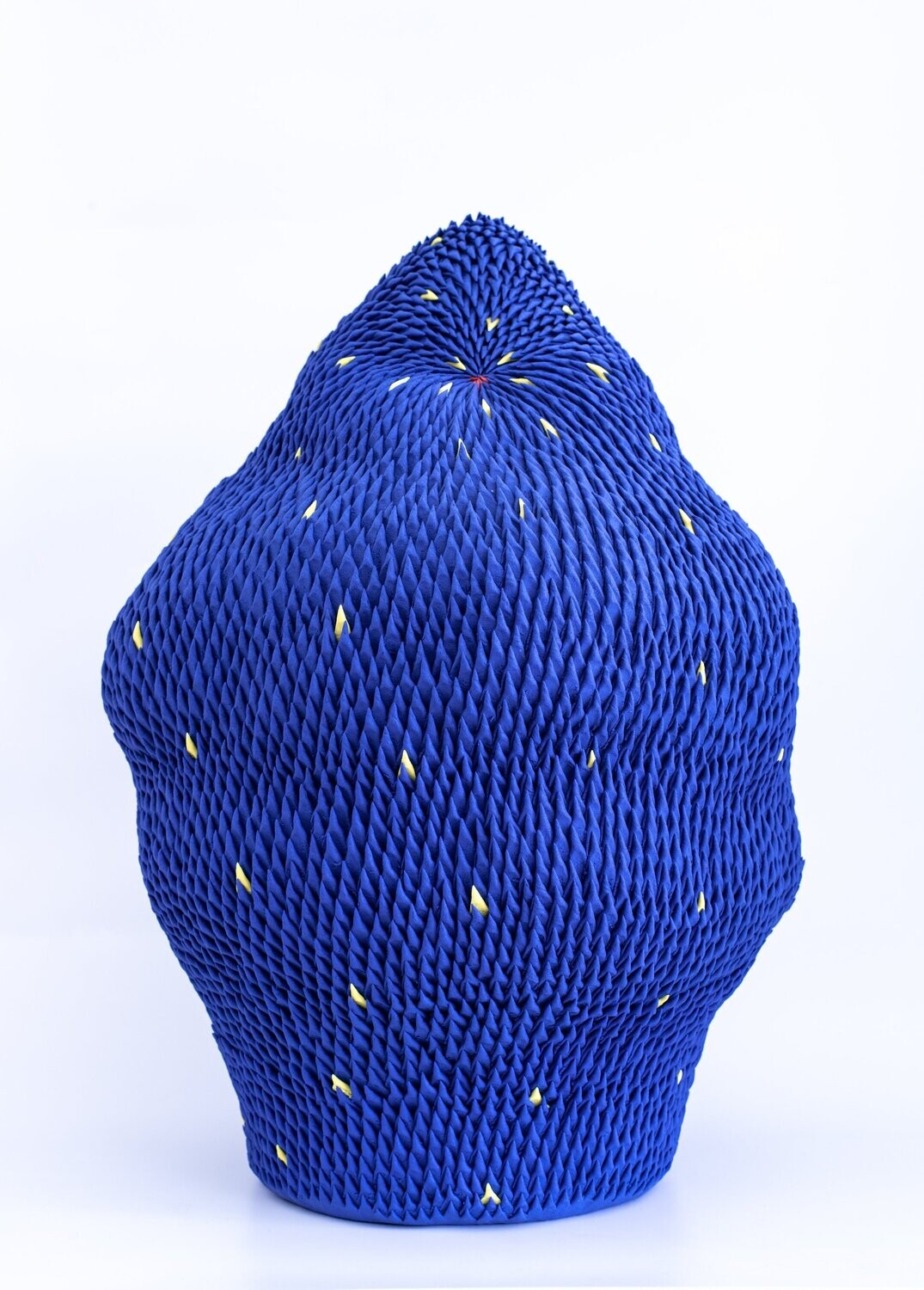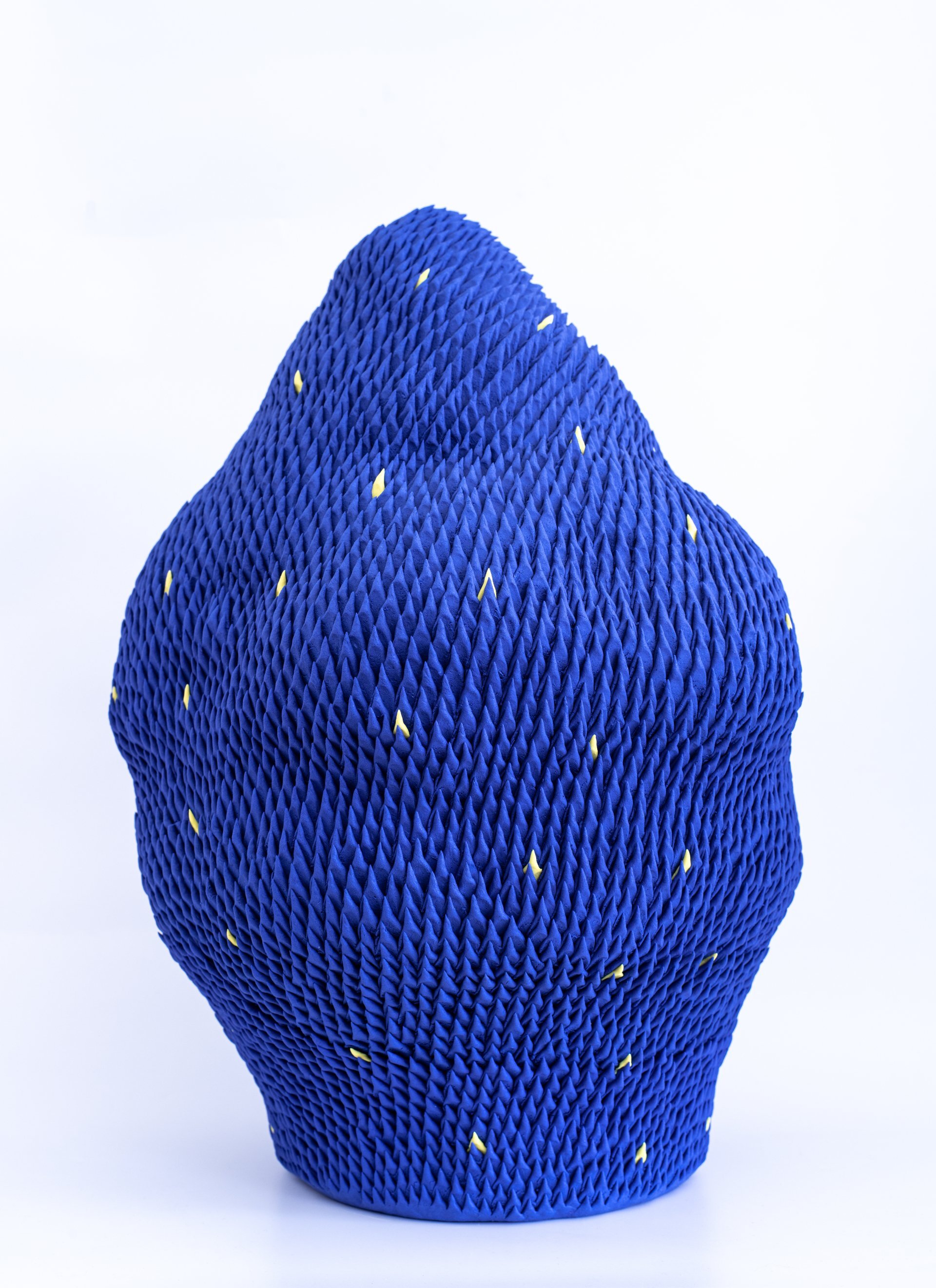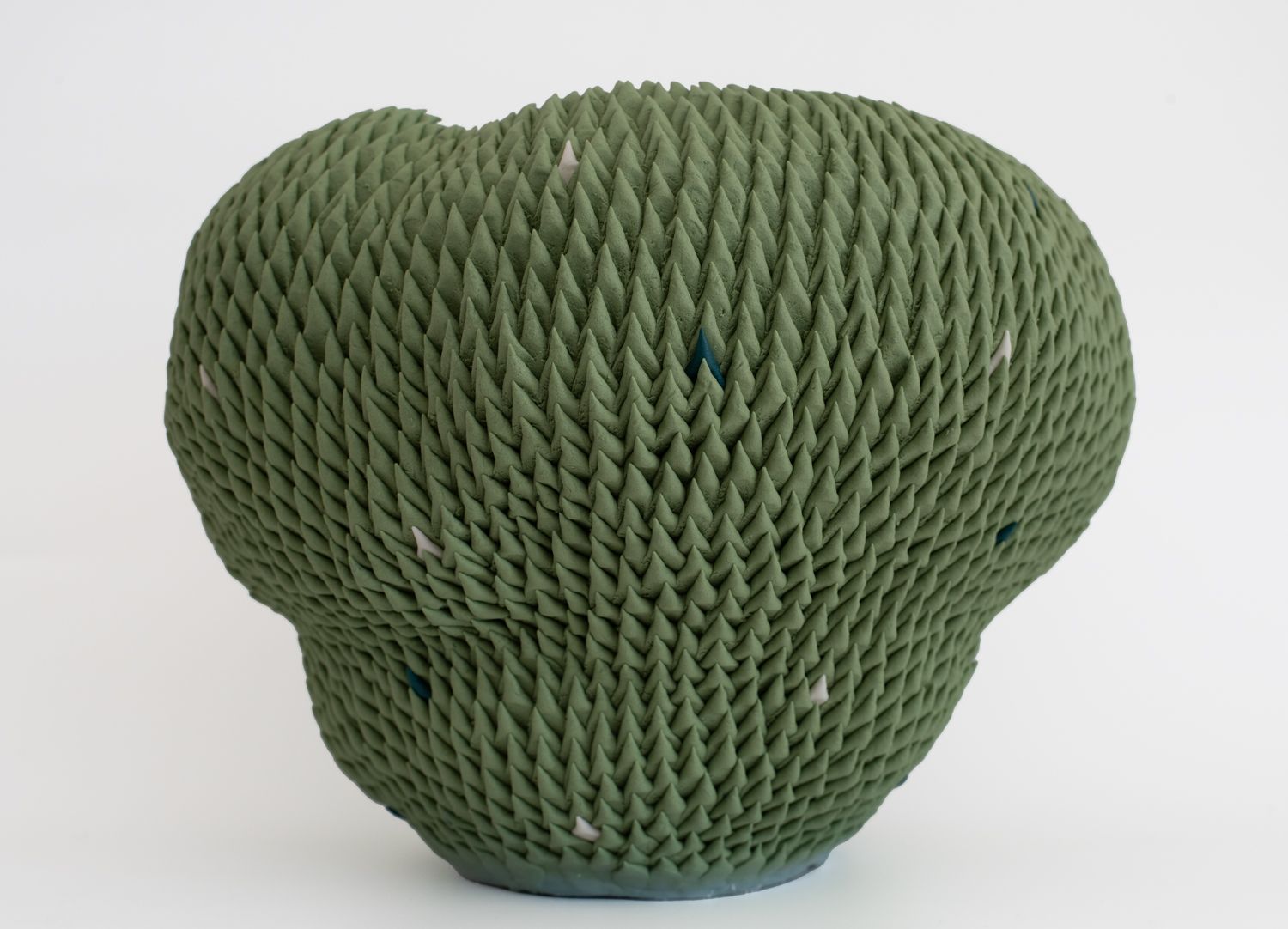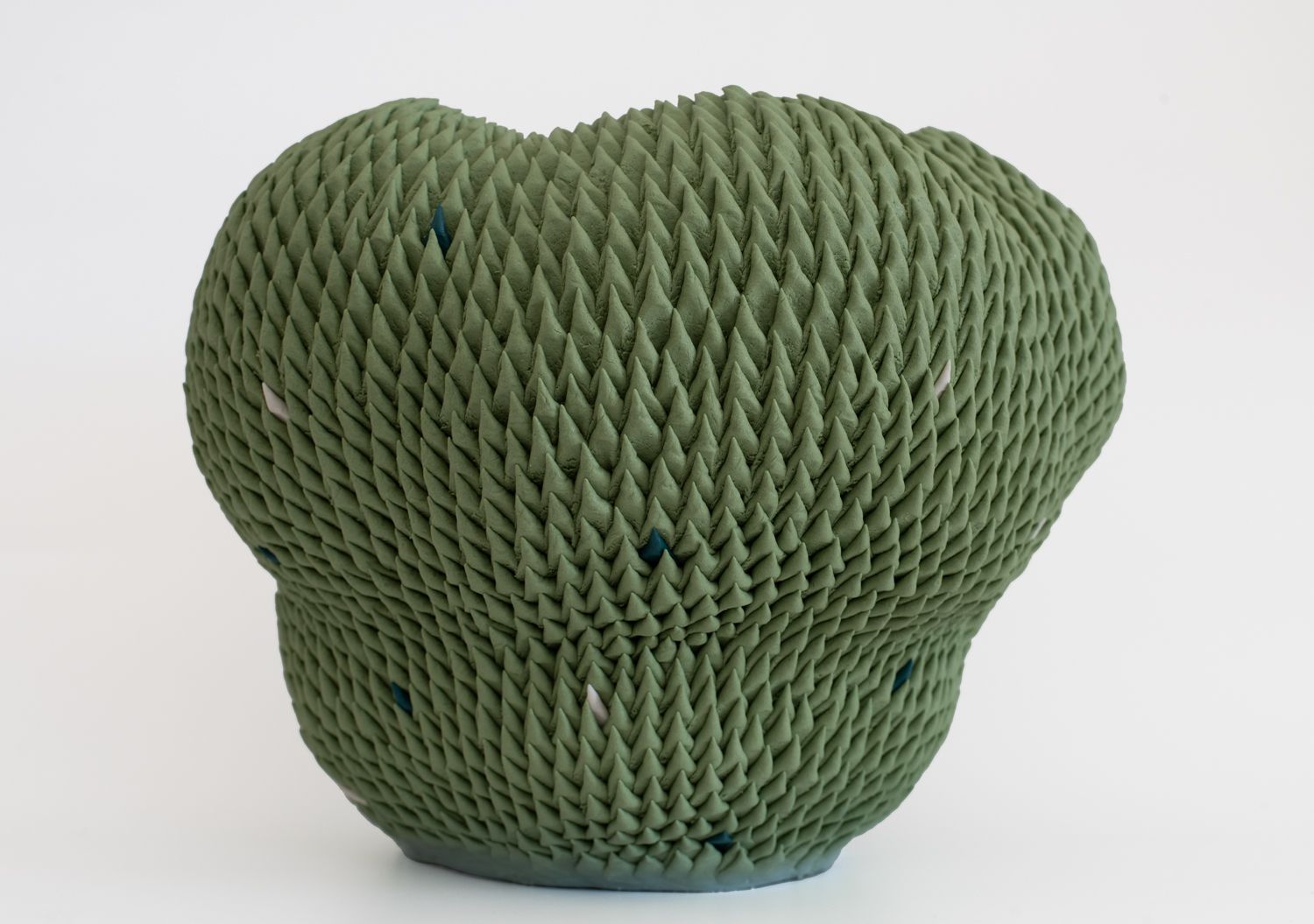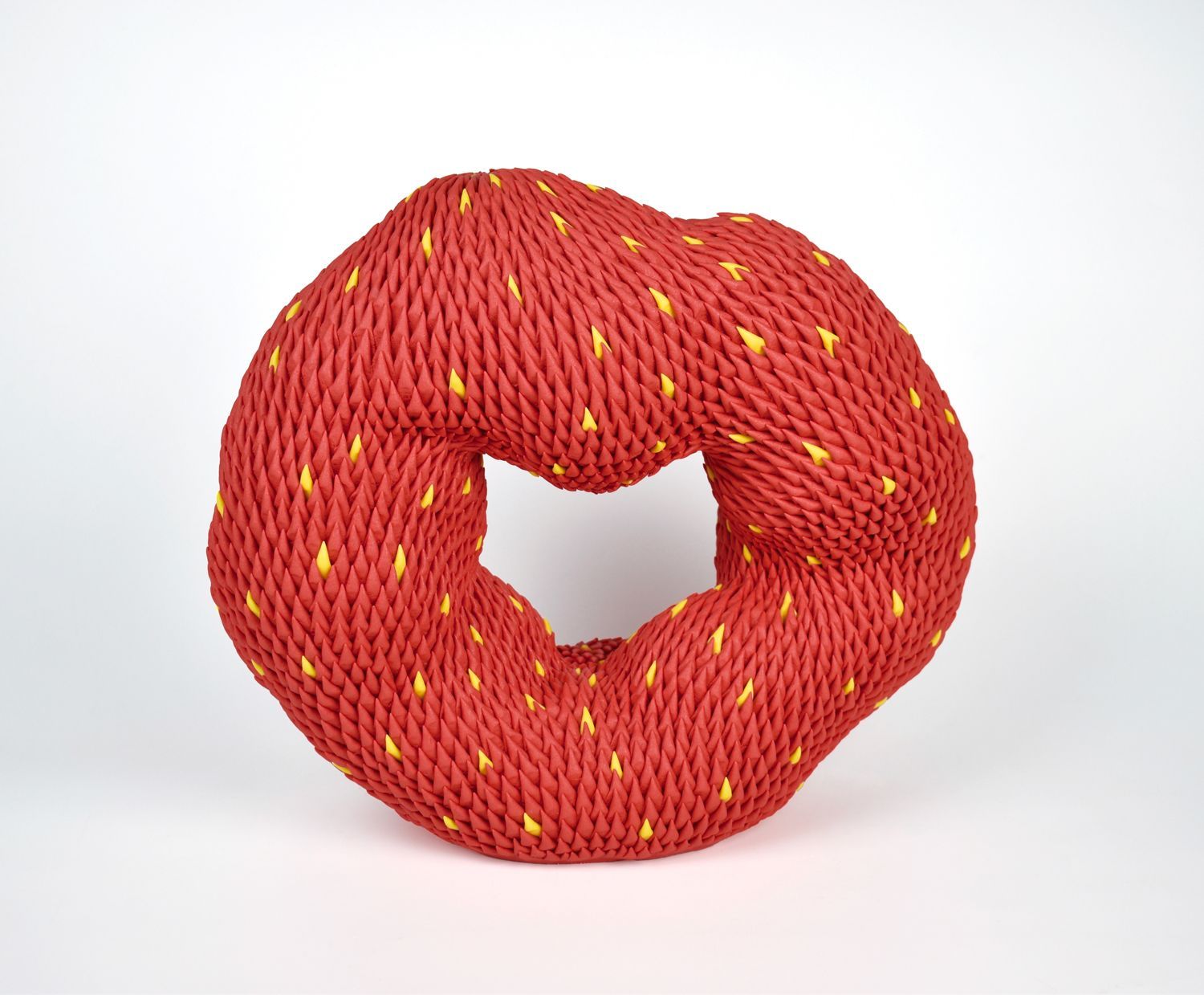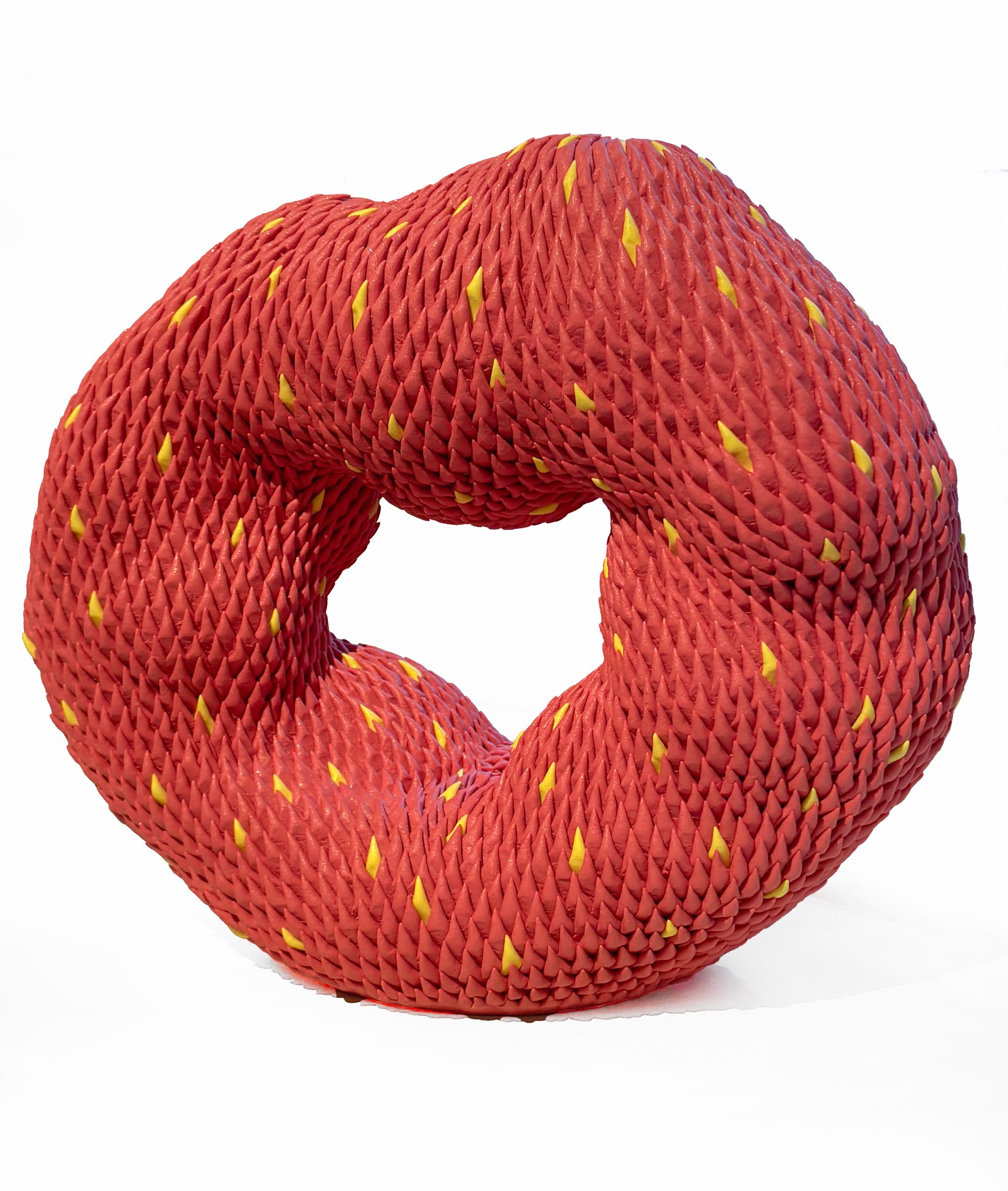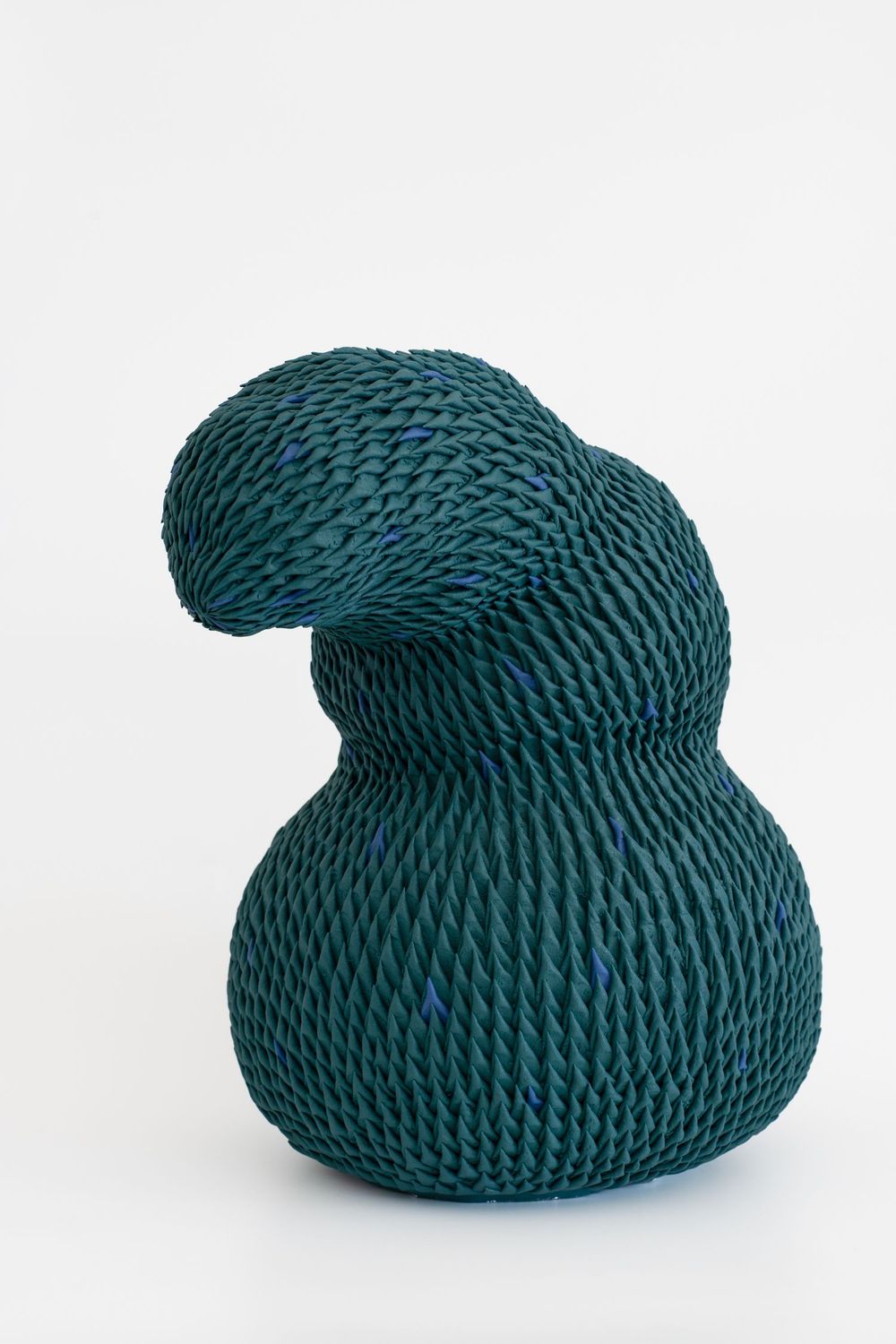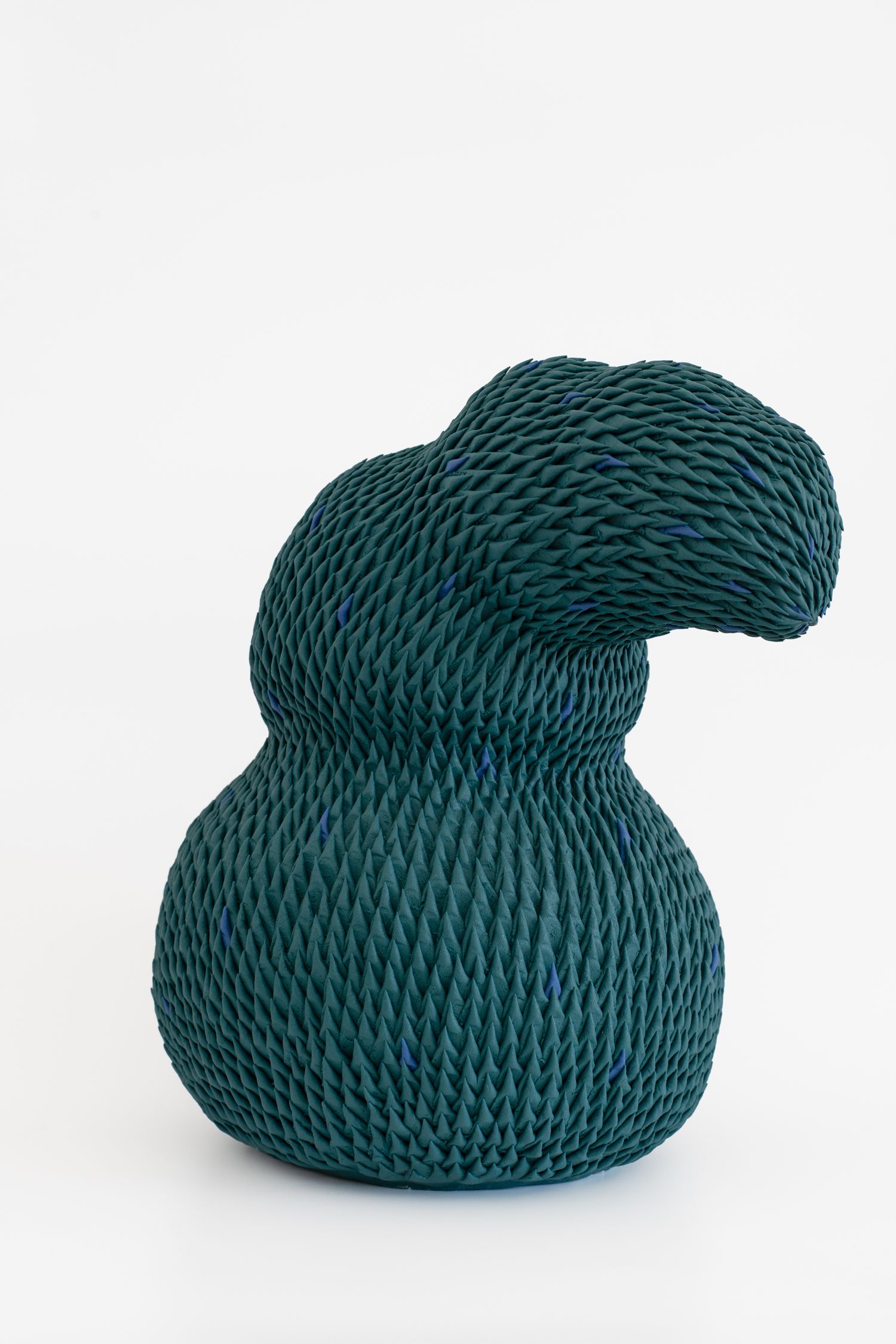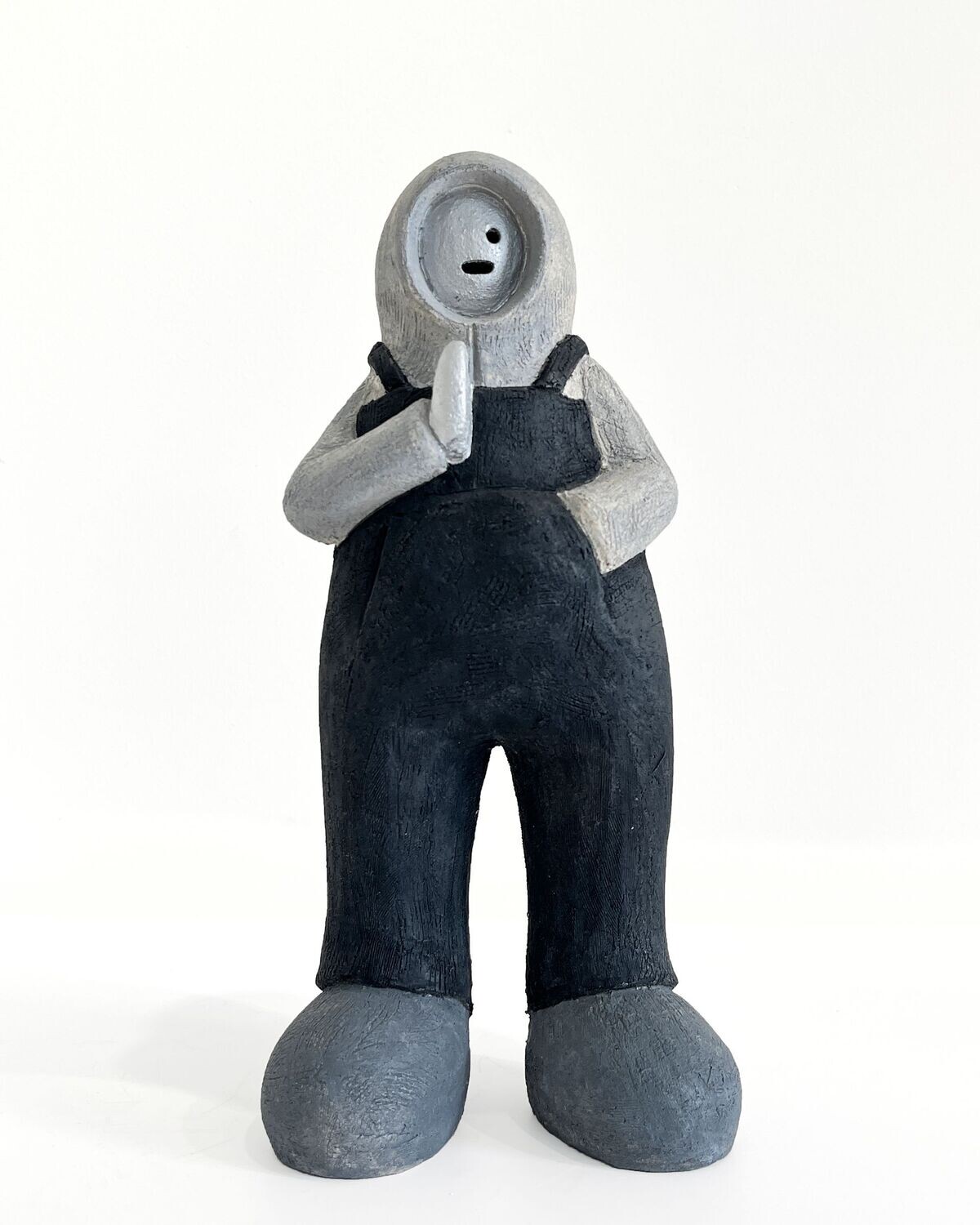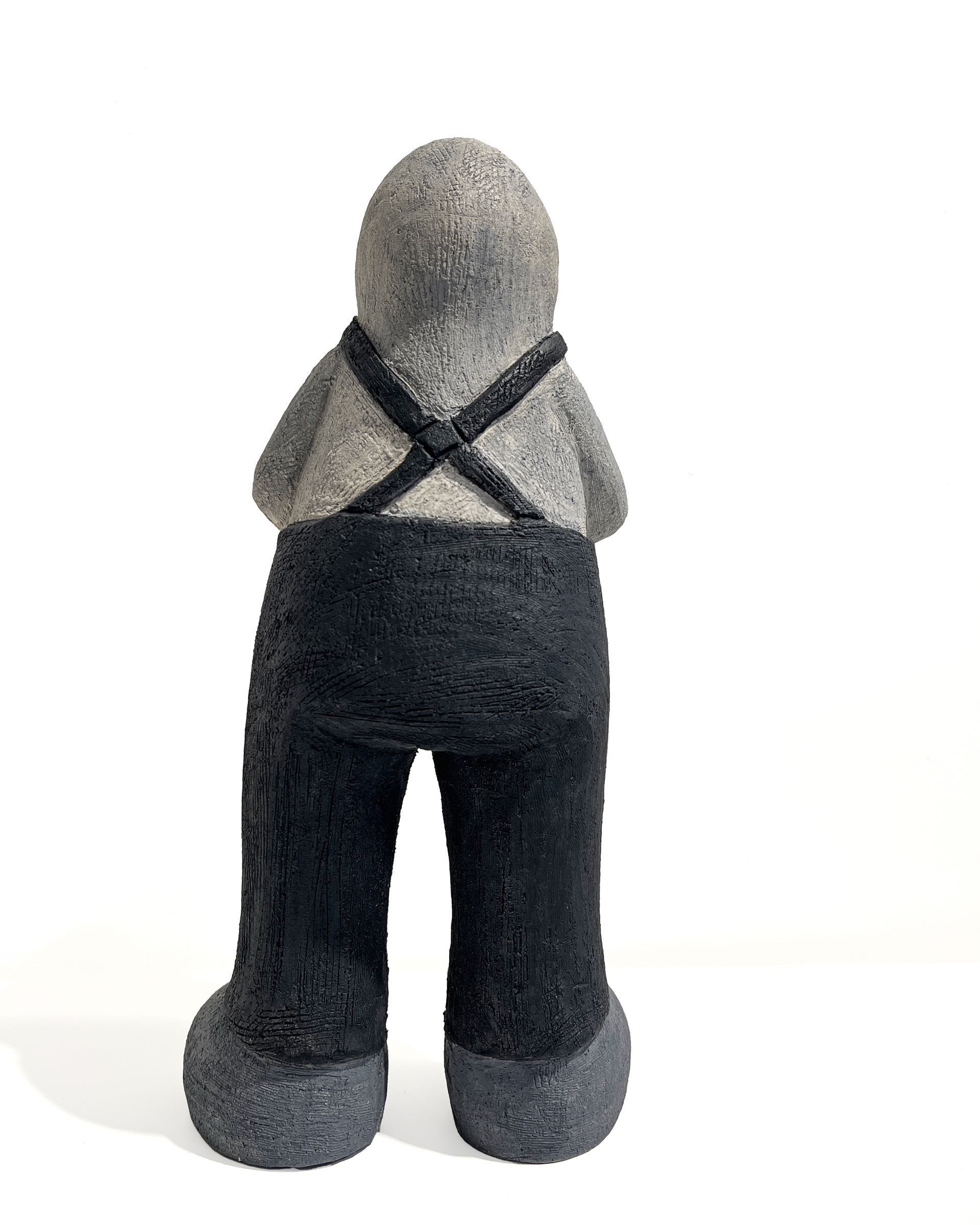Form and Earth Resonances | Group Show
Contemporary Japanese Ceramics
23rd of March 2024 – 28th of April 2024
AIFA Verbier, Switzerland
AIFA Gallery is thrilled to present
"Form and Earth Resonances",
an exhibition that aims to showcase diverse representations of a common relationship between form and matter. Through the ceramic work of outstanding artists including
Natsuki Shibata, Kansai Noguchi, Namika Nakai, Chisato Yasui, Shinya Tanoue, Sayuri Ikake, Kenji Gomi, and Teruri Yamawaki
this group show offers a panoramic view on the beauty of Japanese contemporary ceramics.
Natsuki Shibata is a ceramic artist celebrated for his inventive ceramic art series, 'Jizo-kun' and 'Senju-kun.' Drawing inspiration from traditional Japanese statues of Bodhisattva, Shibata's work is deeply ingrained in cultural heritage. To craft his pieces, he utilises ancient techniques reminiscent of Jomon pottery. Beyond traditional influences, Shibata also incorporates elements of contemporary pop and street culture from Japan, blending the ancient with the modern to forge something truly unique. His creations are not only visually arresting but also imbued with profound meaning. This innovative amalgamation of age-old craftsmanship with modern Japanese pop and street culture highlights Shibata's dedication to celebrating and exploring cultural identities through his art.
Chisato Yasui finds it fascinating that in ceramics, the artwork itself becomes the narrator, expressing emotions and revealing the visible context of the unknown. It is a sort of rebirth when clay is transformed into ceramics; and when she holds the completed pieces, they convey to the artist a sense of original and unidentifiable context.
Chisato’s art pieces explore these liminal spaces, offering viewers an opportunity to contemplate hidden dimensions of our world and their connection to our own subjective experiences.
As a reminiscence of those primitive potteries,
Kenji Gomi has renounced the use of artificial glazes, letting the oxides of the clay react with the firing process. This results in a predominantly black, grey, white, or earthy colour scheme. As the firing process strongly affects the selection of materials, influences the choice of shapes and creates the unique texture and colours of his sculptures, it has naturally become the most important process in the creation of his pieces.
The art form, deeply rooted in centuries of tradition, has been constantly revitalised by artists who experiment with shapes, techniques, and material. It results in a variety of outcomes engendered by the fascinating relationship between what a work of art should look like and from what it originates; form and earth.
From the graceful curves of Shinya Tanoue’s works to the intricate textures and shapes of a sculpture from Namika Nakai, every creation of this show echoes the elemental forces that have sculpted our world for millennia.
Kansai Noguchi creates art pieces in a variety of shapes and textures, working with different types of medium, from clay to prints, by way of ink paintings. His aesthetic is often described as modern classical, with a limited colour’s palette usage.
Although Kansai’s inspiration finds it source in the past, and echoes with pure lines from mid-century design, it displays an outstanding sense contemporality.
In
Teruri’ Yamawaki's work, eyes have a special meaning, same as for the title or the caption of the piece. The rich human nature, with its variety of personalities and emotions, is reflected in her work. Depending on the shapes and facial expressions, the feelings they convey will be perceived differently by each viewer.
Namika Nakai reconsiders the traditional respective roles of clay and glaze and by going further than conventional ideas about their relationship. Looking at glaze not for its decorative role but rather as a material more soluble than the clay itself, she started to experiment by considering the shape as a drawing or by baking the clay in a unconventional manners. From her experience built on years of practice,
Namika knows where the cracks will occur but not how deep they will be and that is how she realized that the utmost control will automatically be thwart through the baking process.
The recurring motif of the shell shape has been a central element in
Shinya Tanoue’s ceramics since 2007. Symbolically, this form represents both the protective cocoon that nurtures life and the membranous support that sustains our existence. It evokes the eternal cycle of life and death, drawing inspiration from the intricate web of existence. Shinya frequently employs a cobalt-blue glazed interior, reminiscent of the vast ocean and serving as a metaphor for the wellspring of life.
Sayuri Ikake explains her artistic approach as being a combination of ancient art representing nature as such and her willingness to create a shape for the shape itself. “The color is beautiful for its color”, says Sayuri when asked about it. The elaborated inclusion of pigments inside the clay magnifies its impact and Japanese paper is added to the clay mix, helping to stabilize and strengthen the material.
Movement is essential to Sayuri’s work, representing the breathing of the shape, its connection to reality. As essential as memory, emotion and human senses.
"Form and Earth Resonances" digs into the dynamic interplay between artistic vision and the raw elements of the earth. It also lets us appreciate the depth, diversity, and ingenuity of artists who, through their dedication to the craft, continue to push the boundaries of what is possible in ceramic art.
Visit us at AIFA Gallery in Verbier to experience a compelling exploration of the subtleties of contemporary Japanese ceramics.
Artists Profiles
Liste des services
-
Kenji Gomi
Kenji Gomi ceramic works examine the true nature of ceramic, and reveal the artist's interest in the legacy left by the Jōmon potteries and the unearthed relics discovered in Chino, Nagano Prefecture.
-
Teruri Yamawaki
Teruri expresses her feelings and thoughts through her ceramic works; building a piece from scratch with clay is like chanting sutras for her. Through the mysterious presence of her works, she hopes that the audience will feel at ease.
-
Chisato Yasui
Chisato Yasui, ceramic and mixed media artist, was born in 1984 in Aichi Prefecture. She began her studies in oil painting but was then influenced by the artistic approach of Professor and ceramic artist Toshiju Saito, that consists of positioning the material above artist’s sentiments in the creation process.
-
Sayuri Ikake
She developed a strong interest for Rokuro’s diverse techniques and became passionate by the translation of mental conceptualisation into concrete objects using such traditional and accomplished methods, perfected by a long lineage of craftsmen over centuries.
-
Shinya Tanoue
Drawing inspiration from the ground-breaking Sodeisha movement, which emerged in Kyoto in 1948, Shinya’s approach to art embodies the spirit of creative liberation and rebellion against traditional ceramic norms.
-
Kansai Noguchi
Kansai has developed a distinctive style which is not only about visual impact, but also contains “sounds of music”, melding his skills as a ceramist to his musical background. Kansai’s creation process requires him to empty his mind in search of a nearly unconscious state, providing his works with what one may describe as an atmosphere or an aura.
-
Namika Nakai
From her experience built on years of practice, Namika knows where the cracks will occur but not how deep they will be and that is how she realized that the utmost control will automatically be thwart through the baking process. Ceramic art is something that could not be solely achieved by the artist, it must be regarded as the combination of artist’s skills, materials’ characteristics, and the whole baking process.
-
Natsuki Shibata
Natsuki Shibata is a ceramic artist celebrated for his inventive ceramic art series, 'Jizo-kun' and 'Senju-kun.' Drawing inspiration from traditional Japanese statues of Bodhisattva, Shibata's work is deeply ingrained in cultural heritage.
List of Artworks


